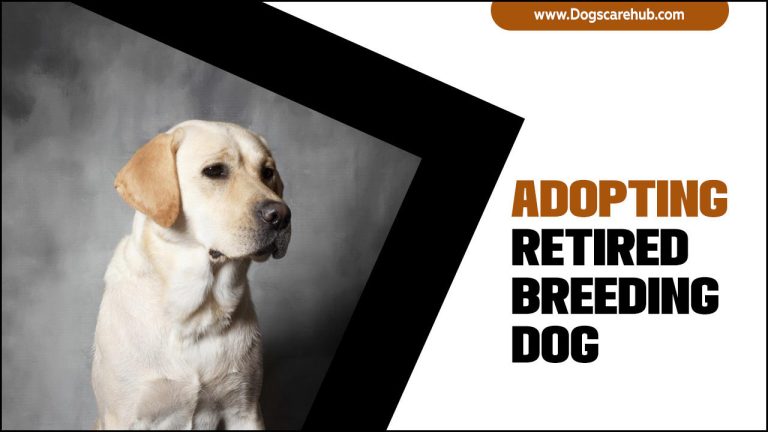
adopting retired breeding dog can be a rewarding and compassionate choice for those looking to add a furry friend to their family.
These dogs have spent their lives as breeding animals, often in less-than-ideal conditions, and now deserve a loving home where they can enjoy their golden years. We’ll explore the benefits of adopting such dogs, including their lower energy levels and well-mannered nature, as well as potential challenges, such as adjustment periods and health issues.
We’ll also detail how you can prepare for adoption by assessing your lifestyle, researching breeds, finding the right breeder, and integrating your new family member into your household through routine establishment, training, and care.
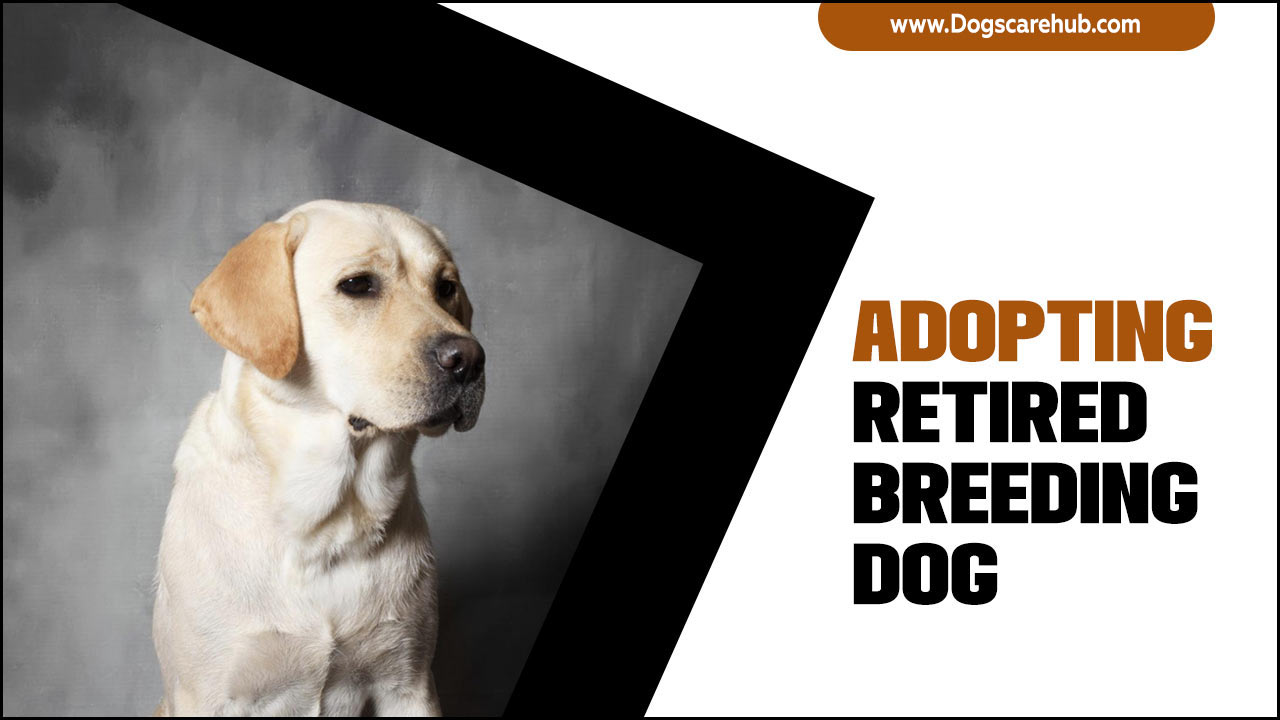
The Pros And Cons Of Adopting Retired Breeding Dog

Retired breeding dogs bring the advantages of being well-mannered companions with a lower energy level. Their training and socialization make them great household members, especially for families seeking a calmer pet.
However, it’s important to consider some potential challenges as well. Health issues may arise due to their breeding history, and an adjustment period might be necessary as they transition from a breeding environment to a new home.
It’s crucial to evaluate these pros and cons before deciding on adopting retired breeding dog. This way, you can ensure you can provide the proper care and support needed for their well-being and happiness.
How To Adopt A Retired Breeding Dog
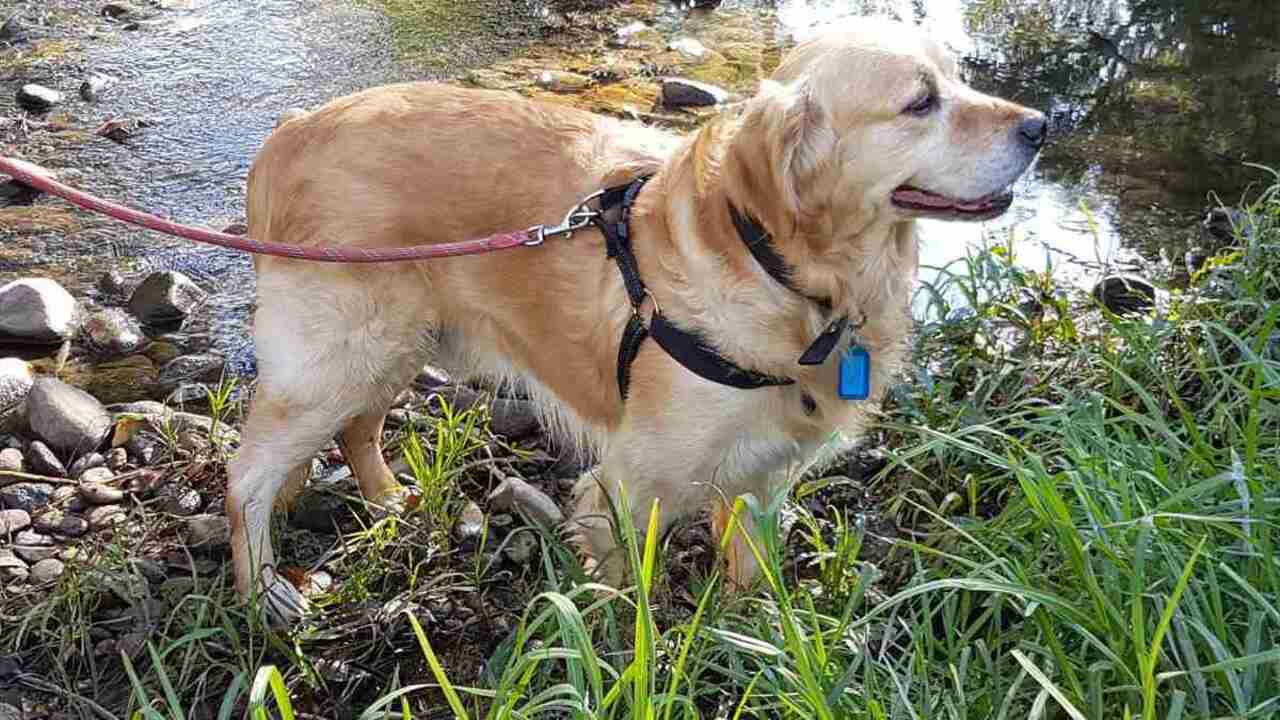
Research reputable breeders or rescue organizations specializing in these dogs to adopt a retired breeding dog. Reach out to express your interest and be prepared for a thorough screening. If approved, discuss the logistics of transporting the dog to its new home. Adopting a retired breeding dog is a good option for a well-mannered companion with lower energy.
Benefits Of Adopting A Retired Breeding Dog

Retired breeding dogs, when adopted, find a loving and permanent home. With their well-established temperament and existing training, they make for wonderful companions. These dogs often have a calmer energy level than younger dogs, making them a good option for families seeking a more relaxed atmosphere.
Adopting a retired breeding dog is a rewarding experience and allows these dogs to transition from their breeding role to being cherished family pets. By offering them a second chance at life, you can give back to these dogs who have dedicated themselves to litters and show dogs. So, consider adopting a retired breeding dog and welcome a new addition to your family.
A Well-Mannered Companion
Retired breeding dogs are excellent companions. They have good manners, and socialization, and are often already trained in basic commands. They are ideal for individuals or families seeking a well-behaved family dog.
Adopting a retired breeding dog provides a loyal and well-adjusted companion and allows you to give back to these deserving animals. Their calm energy and well-mannered nature suit those who prefer a laid-back lifestyle. Consider adopting a retired breeding dog for a loving and well-socialized companion.
A Lower Energy Level
Retired breeding dogs generally have a more relaxed energy level than younger dogs. They require less exercise and playtime, making them ideal for individuals or families seeking a calmer pet. This is especially beneficial for those who may not have the time or physical ability to keep up with the high energy of a puppy or younger dog.
Adopting a retired breeding dog can create a more peaceful and balanced household, ensuring a harmonious living environment. These dogs offer the opportunity to have a well-mannered companion without the demands and constant need for stimulation that come with a higher-energy dog.
A Chance To Give Back
Adopting a retired breeding dog provides them with a loving home in retirement. You can offer comfort and happiness and positively impact their lives. It’s a rewarding experience that brings joy and fulfillment to both the dog and the adopter as they create new experiences and enjoy each other’s companionship.
Potential Challenges Of Adopting A Retired Breeding Dog
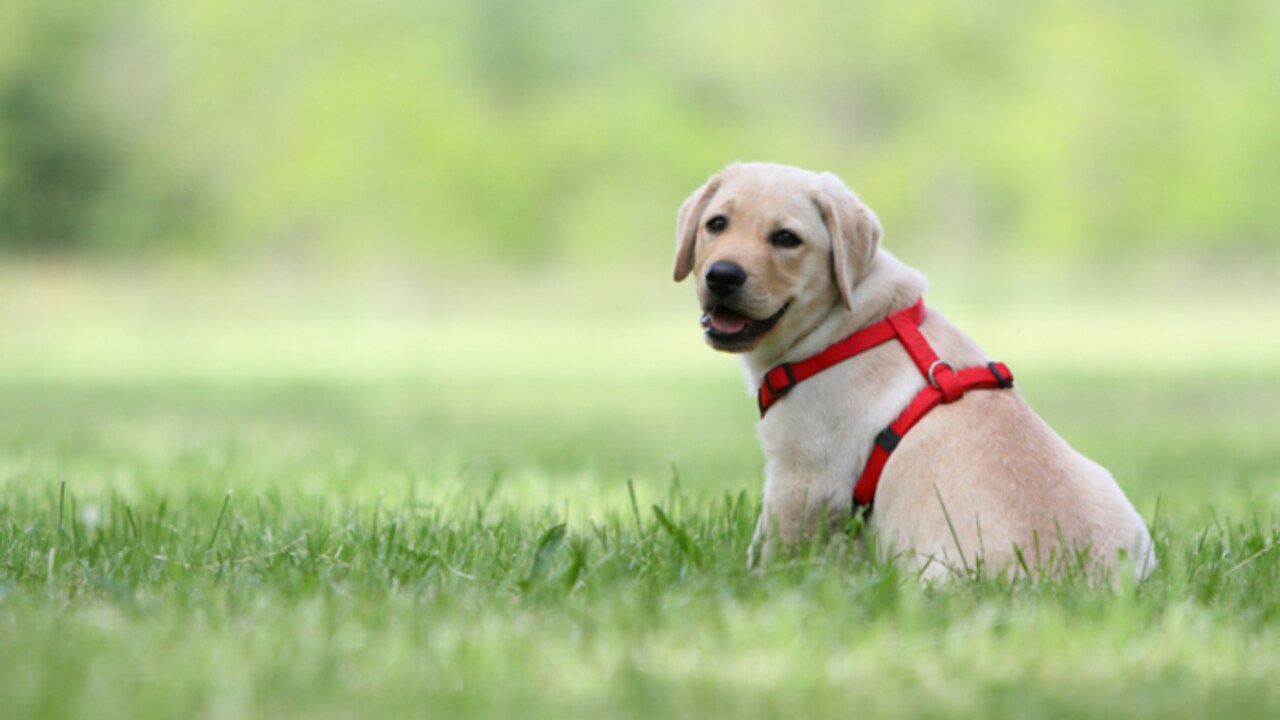
Potential challenges may arise when adopting a retired breeding dog. These dogs may have had multiple litters in their previous breeding history, which could lead to potential health issues.
Medical care and specific dietary needs might be necessary to address these concerns adequately. Additionally, the transition to a new home environment may require an adjustment period for the dog to adapt effectively.
Retired breeding dogs may have limited exposure to certain experiences or socialization, necessitating extra patience and training from their new owners. It’s crucial to consider these potential challenges carefully before adopting a retired breeding dog.
Health Issues
Retired breeding dogs may have health issues due to their breeding history. Regular veterinary check-ups and ongoing medical care are necessary for their well-being. Common health issues include joint problems, dental issues, and reproductive conditions.
Adopters should be prepared for medical expenses and consult a veterinarian to address the dog’s health needs. Awareness of these issues and proactive measures ensure proper care for the new companion.
Adjustment Period
When adopting a retired breeding dog, it’s important to be prepared for an adjustment period. The dog and the adopter may need time to acclimate to the new home environment and routine.
During this transition, patience and understanding are key. Providing a calm and consistent environment that helps the dog feel secure and settle into their new home.
However, it’s also important to be prepared for potential behavioral or emotional challenges during this period. You can help your new dog adjust and feel comfortable in their new surroundings by being patient and providing a stable environment.
Preparing For Adoption
Before bringing a retired breeding dog home, ensure your environment suits its needs. Remove potential hazards and toxic substances to create a safe space. Provide a comfortable resting area and gather necessary supplies.
Prepare mentally and emotionally for caring for a retired breeding dog, as they have unique backgrounds. By taking these steps, you can create a welcoming environment for your new furry friend.
Assess Your Lifestyle

Before bringing a retired breeding dog into your home, assessing your lifestyle and considering various factors is important. Firstly, look at your daily schedule and commitments to ensure you have enough time to dedicate to your new companion.
Energy levels are also crucial, as dogs, especially retired breeding dogs, may require regular exercise and mental stimulation. Next, evaluate your living situation, ensuring you have enough space for the dog and, if necessary, a secure yard.
It’s essential to consider your family dynamics as well, making sure everyone is on board with the responsibilities of dog ownership. Lastly, consider your future plans and whether you can provide a stable and loving home for the dog. By carefully assessing your lifestyle, you can make an informed decision about adopting a retired breeding dog.
Research Breeds
When adopting a retired breeding dog, research different breeds thoroughly to find one that suits your lifestyle. Consider factors like size, activity level, grooming needs, and temperament.
Also, be aware of breed-specific health issues and the breed’s lifespan. Look for reputable breeders or rescue organizations specializing in your desired breed. Thorough research will help you find the perfect companion for your lifestyle.
Finding The Right Breeder
When adopting a retired breeding dog, choose a breeder prioritizing health and well-being. Look for breeders with a proven track record of producing healthy puppies. Inquire about their breeding practices, including health testing and genetic screening.
Ask about living conditions and socialization experiences. Choose a breeder who offers ongoing support and guidance. This ensures you get a dog from a trustworthy source that cares for the dog’s best interests.
Contact Breeders And Rescue Organizations

When adopting a retired breeding dog, contact breeders or rescue organizations. Inquire about availability and adoption requirements. Learn about the dog’s background, including breeding history and health issues. Discuss your expectations for a good match. Request health records and behavior assessments. Contacting breeders and rescue organizations is essential to finding the perfect companion.
Meet The Dog In Person
Meeting the retired breeding dog in person is crucial for successful adoption. Observe their behavior and interaction with people and other dogs to assess their temperament and compatibility. Ask about their personality traits, specific needs, and considerations.
Interact with the dog to build a connection and gauge their response. Bringing along family members or other pets can also help ensure compatibility. By meeting the dog in person, you can decide whether they are the right fit for your family.
Integrating Your New Family Member
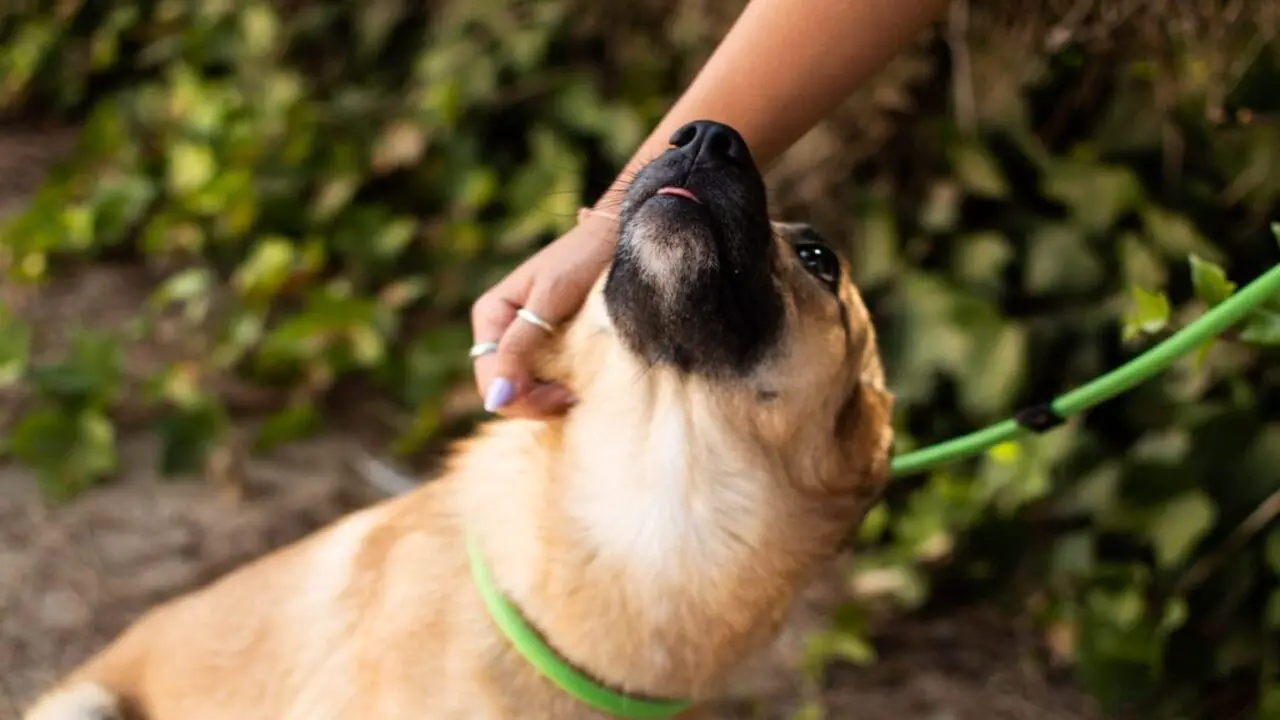
Establishing a routine is crucial for integrating your new family member. This includes regular feeding, exercise, and bathroom breaks. It helps the dog adjust to its environment and provides structure. Providing a designated safe space, like a crate or comfortable bed, gives them security.
Consistent training and positive reinforcement teach desired behaviors. Gradually introducing them to new experiences promotes socialization. Proper veterinary care, including vaccinations and regular check-ups, is crucial for their health and well-being.
Establish A Routine
Establish a routine to help your retired breeding dog adjust to their new life. Set consistent schedules for feeding, exercise, and bathroom breaks to provide structure and stability. Incorporate playtime, training sessions, and bonding activities for mental stimulation.
Stick to the routine as much as possible to create a sense of security. Adjust as needed to accommodate changes in your dog’s needs. A routine provides stability and predictability for your dog’s well-being.
Provide A Safe Space
To make your newly adopted retired breeding dog feel safe and comfortable, it is important to provide a designated area in your home where they can retreat when they need privacy or rest.
This space should be quiet and cozy, with a comfortable bed or crate where your dog can feel secure and relaxed. It is essential to ensure that the safe space is free from any hazards or potential dangers that could threaten your dog’s safety.
Respect their need for alone time and avoid disturbing them in their safe space. You can encourage your dog to associate their safe space with positive experiences using positive reinforcement. Creating a safe and comforting environment can help your new dog adjust to their new home and feel secure.
Consistent Training And Positive Reinforcement
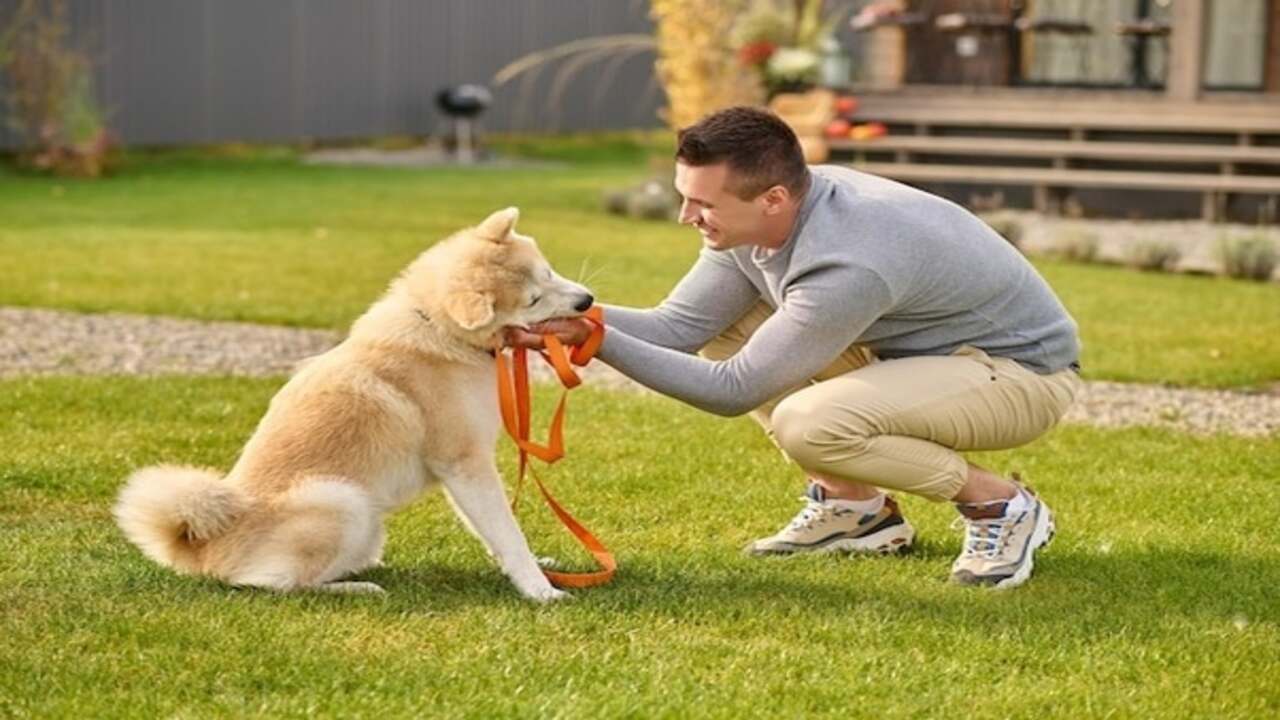
Consistent training and positive reinforcement are crucial when adopting a retired breeding dog. Use treats and praise to reward desired behaviors and encourage learning. Consistency in commands and expectations establishes clear communication.
Break training into short sessions to maintain focus and prevent overwhelm. Make training fun and engaging for the dog. Seek professional assistance for specific behavioral challenges. By consistently using these techniques, you can help your new dog adjust and build a strong bond based on trust and respect.
Ongoing Care And Support
To ensure the well-being of your adopted retired breeding dog, prioritize their care. Regular veterinary checkups, vaccinations, and preventive treatments are crucial. A healthy diet and exercise routine are important for their physical well-being. Address any health concerns promptly with a veterinarian.
Socialization opportunities help them adapt to new experiences. Seek support from local dog clubs or online communities for guidance. Your retired breeding dog will thrive in their golden years with proper care. Adopting a retired breeding dog is a good option for those who may not have the time or energy for a young puppy.
Regular Veterinary Checkups
Maintaining the health of your adopted retired breeding dog is crucial, and regular veterinary checkups play a pivotal role in achieving this goal. By scheduling routine vet visits, you can monitor any age-related health concerns that may arise in your furry friend.
These checkups also provide an opportunity to promptly address any potential health issues and ensure that your dog receives necessary vaccinations. Regular veterinary appointments are essential for keeping your retired breeding dog in optimal health, allowing them to live a happy and fulfilling life. Make sure to prioritize these checkups to keep your beloved companion in excellent shape and prevent any underlying health problems from escalating.
Proper Nutrition
To ensure the well-being of your retired breeding dog, provide a balanced and nutritious diet. Consult a veterinarian to determine the best diet plan for their needs. Proper nutrition is crucial for their health and weight maintenance.
Feed them high-quality dog food suitable for their age and activity level. You can promote their health and longevity by paying attention to their diet. Include NLP terms like golden retriever, older dogs, and puppy energy to enhance the content.
Exercise And Mental Stimulation

Regular exercise and mental stimulation are important for the well-being of your retired breeding dog. Keep them physically fit and mentally engaged with daily walks, playtime, interactive toys, training sessions, and puzzle games. This will prevent boredom and promote their overall wellness. Regular exercise and mental stimulation into your dog’s routine ensures a fulfilling post-breeding life.
Patience And Love
Be patient and understanding as your retired breeding dog adjusts to its new home. It may take time for them to adapt, as they have spent much of their life in a different environment. Show them love, support, and positive reinforcement to build trust and strengthen the bond.
Providing a loving environment can help your retired breeding dog transition smoothly into their new life. Patience and love are key in helping them feel secure and comfortable in their new surroundings, ensuring a happy post-breeding life.
Conclusion
adopting retired breeding dog can be rewarding. They are well-mannered, low-energy companions. It’s an opportunity to give back and provide a loving home. However, there may be challenges like health issues and an adjustment period. To prepare for adoption, assess your lifestyle, research breeds, and find the right breeder or rescue organization.
Once you bring them home, establish a routine, safe space, and provide consistent training and positive reinforcement. Ongoing care includes regular vet checkups, proper nutrition, exercise, and mental stimulation. With patience and love, adopting a retired breeding dog can be a wonderful experience for both of you.
Frequently Asked Questions
1.Do Retired Breeding Dogs Make Good Pets?
Ans: Retired breeding dogs make wonderful pets as they are usually well-trained and socialized. However, they may require time to adjust to their new life. It’s important to be aware of potential health issues due to age or prior breeding experience. Do thorough research and understand the challenges before adopting.
2.What Do Breeders Do When They Retire A Dog?
Ans: When breeders retire a dog, they can keep them as pets or find new homes. If they choose the latter, responsible and loving families are sought. Retired breeding dogs may require extra care, medical treatment, or training. Adopting a retired breeding dog is rewarding but may also present challenges.
3.What Are The Health Issues With Ex-Breeding Dogs?
Ans: Ex-breeding dogs may face health issues due to their breeding history. These can include dental problems, skin conditions, and reproductive issues. Having them examined by a vet for underlying health concerns is crucial. With proper care, many ex-breeding dogs can lead happy and healthy lives.
4.At What Age Should A Dog Be Retired From Breeding?
Ans: The retirement age for breeding dogs varies depending on the breed and overall health. Generally, larger breeds retire around 5-6 years old, while smaller breeds can continue until 8-10. Health issues like hip dysplasia or reproductive problems may also prompt early retirement. Retired breeding dogs require proper care and attention in their new homes.
5.Why Consider Adopting An Ex-Breeding Dog?
Ans: Considering adopting an ex-breeding dog? It’s a chance to provide a loving home for a needy dog. These retired breeding dogs may already have some training and socialization. While they may require more patience due to potential behavioral issues, it can be a rewarding experience knowing you’re giving them a better life.
Meet Elyse Colburn, the devoted canine companion and storyteller behind the enchanting world of “Tales, Tails, and Adventures Unleashed.” A passionate dog enthusiast with a heart full of paw prints, Elyse Colburn shares heartwarming tales and insightful adventures, celebrating the joy, loyalty, and endless antics that make every dog a true hero. Join Elyse Colburn on this tail-wagging journey, where every post is a love letter to our four-legged friends.